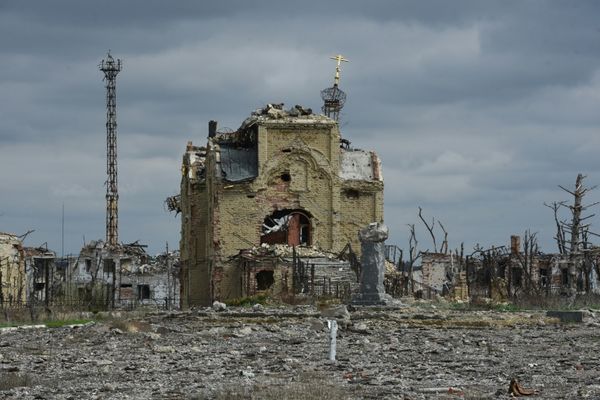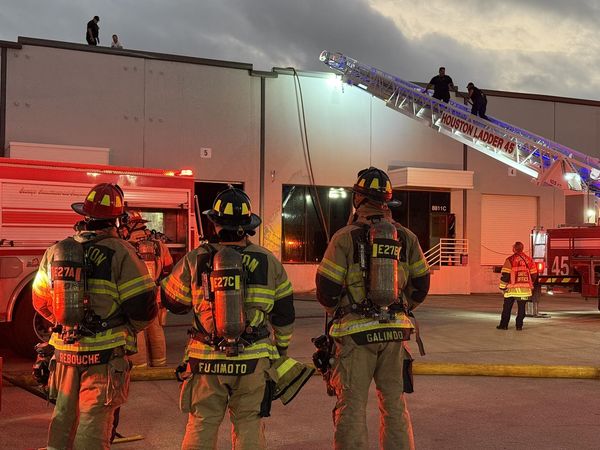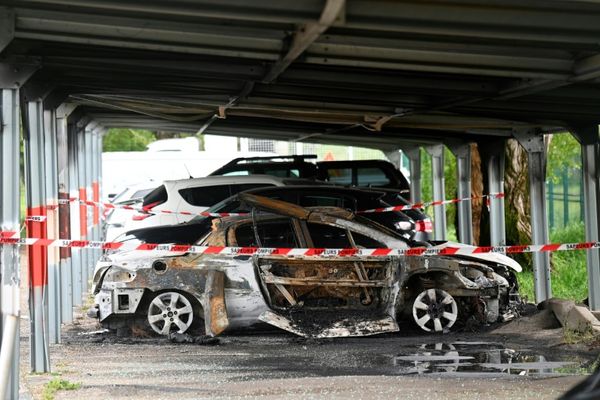Devastating tornadoes cause hundreds of millions of dollars in damage and dozens of deaths across the U.S. each year. They upend homes and lives. They remain a constant weather threat for a large swath of the country.
While much is known about twisters - such as how they work and their signature - forecasters admit they are missing a key part of the data.
"We've gotten really good at forecasting where tornadoes are likely to happen. The missing link is in the last minute or so right before the tornado develops,” Dr. Robin Tanamachi, an associate professor at Purdue University, told The Independent.
She said that while mobile radars have been most effective, “every time we improve the technology, we increase the resolution, increase the frequency of the observations, we find that those processes are happening at time and space scales that we're still not able to resolve well."
"It's very hard to pinpoint exactly when and where those tornadoes will occur,” Dr. Jason Naylor, a professor at the University of Louisville, added.
In just a matter of decades, scientists have made major strides with forecasting, learning about supercell storms and the importance of factors such as instability and wind shear.
Supercell storms, which are the least common type of thunderstorms, have a tendency to produce severe weather. Most tornadoes are spawned from these rotating thunderstorms, which are characterized by the change in wind speed and direction with height. Tornadoes also need atmospheric instability, or the tendency of the air to rise. It provides the fuel and energy for its formation.
As warm, humid air rises inside thunderclouds, cool air falls with rain or hail. The conditions can cause spinning air currents inside the cloud, which start out horizontal and then can become vertical, creating a tornado in just a matter of seconds.
Currently, the National Oceanic and Atmospheric Administration Storm Prediction Center is able to identify broad and potentially tornadic environments up to four days in advance.
But, its those last 10 minutes that remain elusive to forecasters.

Some of the tornadoes that look ripe for production still don’t perform in the moment.
"So, these small-scale processes that might be happening very near the surface or might be happening at really fast timescales aren't being captured by our observations and that really gives us a gap in our knowledge of what's happening potentially very near the surface and potentially happening very quickly,” Dr. Karen Kosiba, a research scientist and the managing director of the Flexible Array of Radars and Mesonets Facility at the University of Illinois, said.
Sometimes, two nearly identical storms within a few miles of each other will both produce a tornado — or not.
"it's wildly frustrating sometimes,” said Dr. Sean Waugh, a research scientist at NOAA’s National Severe Storms Laboratory.
His colleague, Dr. Mike Coniglio, noted that identifying why that happens is where “we're really struggling right now.”
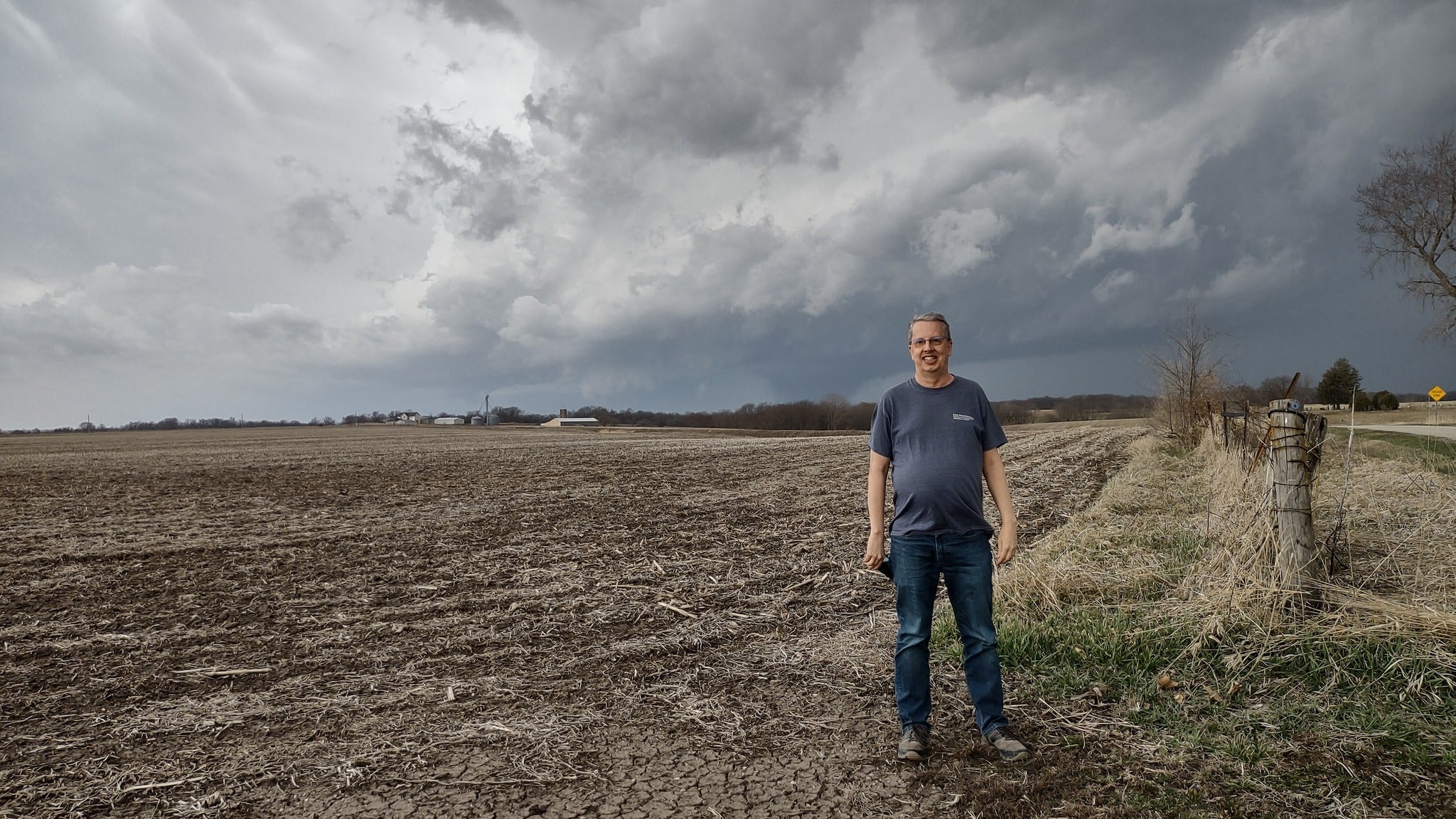
"And, another part of that is that there's a lot of ways we're realizing, 'Oh, you know, research the last 10 years or so shows that there are a lot of ways you can get a tornado to form. There's no one magic bullet for this,” he said.
That’s something Dr. Bill Gallus, a professor of meteorology at Iowa State University, echoed. He told The Independent that he used to refer to figuring out how a tornado forms as the “Holy Grail of meteorology.”
"And, I finally realized about five or 10 years ago there's some good evidence for a lot of the different theories that there is no one way to create a tornado. I believe there's multiple mechanisms that can give us a tornado,” he said.
Because tornadoes are so small - in the scheme of weather patterns - they do a “good job of hiding,” and can destroy “pretty much almost all weather instruments.”
While weather balloons aren’t intentionally launched next to storms, having data from them to input models is critical to improving forecasting, Dr. Chris Nowotarski, an associate professor at Texas A&M University, said.
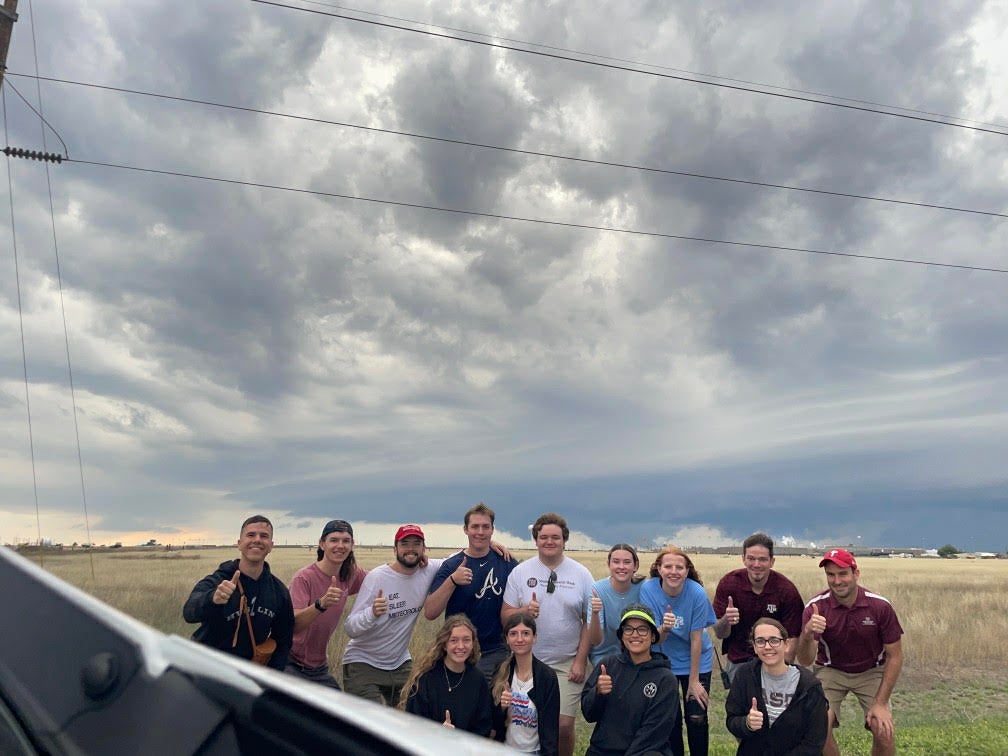
"So, if that forecast from the model has less accuracy, then that will feed back to our ability to understand the potential for storms and also potential for those storms to produce hail or winds or tornadoes,” he said.
Naylor said finding the parent storm is the big issue.
“Unfortunately, we seem to be going in the opposite direction recently. With layoffs at the [National Weather Service], we're collecting even less data than normal,” he added.
Over the past couple of months, NOAA has taken hits from the Trump administration, with layoffs in meteorology and many other fields. Critical weather balloon operations have been suspended at National Weather Service offices across the country.
Now, a new report from ProPublica suggests cuts to the agency could slash its overall funding by as much as 27 percent.
Potential budget cuts to NOAA could be “disastrous,” Gallus noted. And, work to improve tornado warnings and reduce false alarms may be in jeopardy, according to Naylor. While the false alarm rate of tornado warnings is 70 to 80 percent, not responding can be life-threatening.
"And, that's why we need to keep doing the research that we're doing is so that those effects continue to pile on going forward into the future, so we can continue to see improvements to that warning process and to that forecast process and our ability to understand everything that's happening in the world around,” said Waugh.
Reconsider fancy dress, London Marathon runners warned as temperatures set to soar
‘Mini heatwave’ to warm up Britain after wet and windy weekend
UK weather map: Where mini heatwave will scorch Britain next week
Why are scientists blaming influencers for rise in shark attacks
UK scientists are about to attempt to dim the Sun
Cool space image shows route of Mars rover as it treks across the Red Planet
